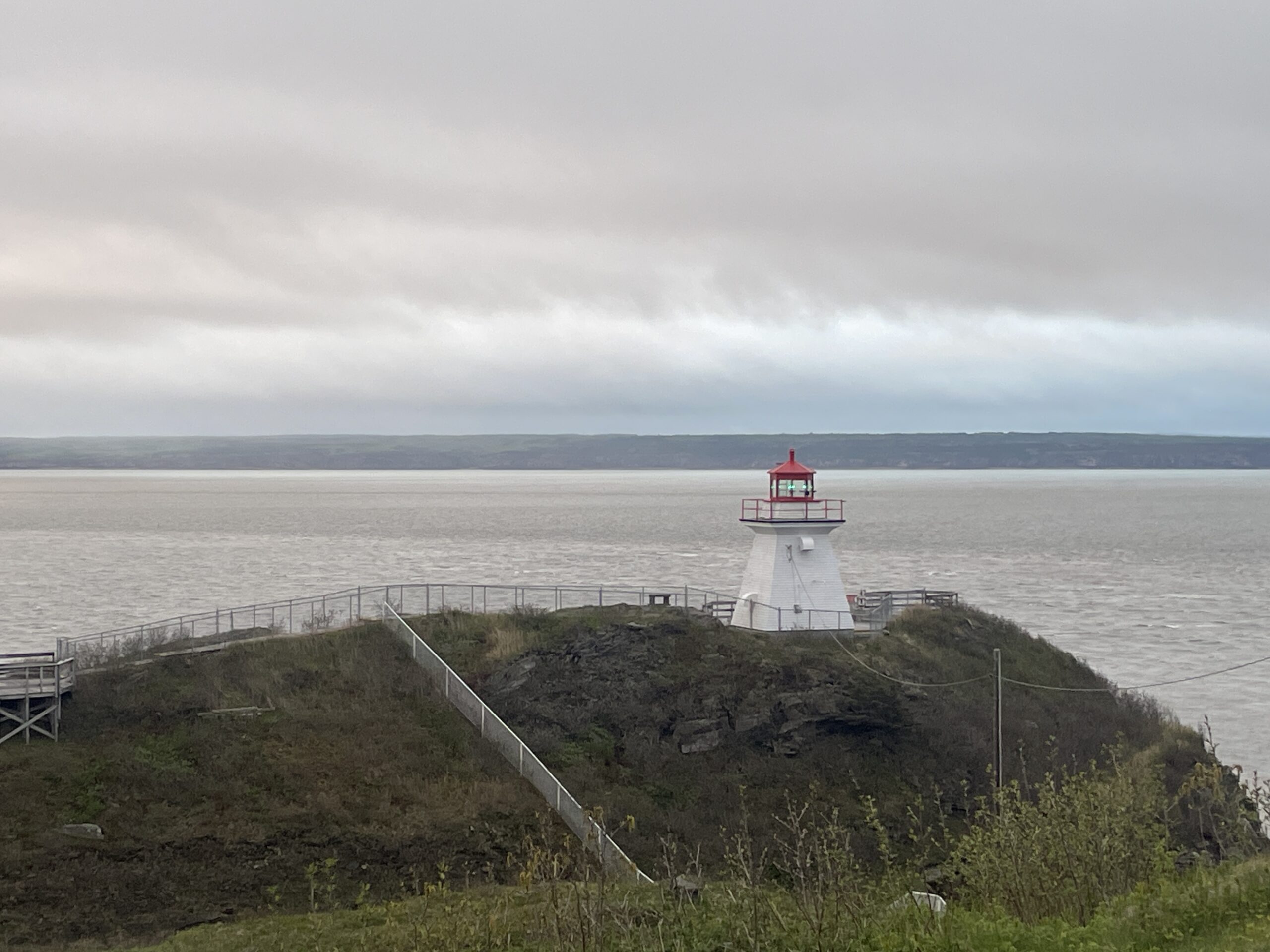This year, at the Maine Conference for Small Town Jewish Life, I’m teaching a course on basic orienteering. If you follow this site, you know that I’m a big advocate for the Jewish outdoors. The cheeky title of my class belies a commitment to making wilderness adventure safer for those who undertake it.
If it weren’t for the twenty years I was an infantryman, a significant chunk of that spent as a “light fighter,” in either parachute or “air assault” units, I would not be as well-prepared for the wilderness as I am. Our bread and butter, so to speak, as light infantrymen, was significant land navigation skills. Additionally, with mountaineering courses and great experiences in Alaska when I was stationed there, the only place I’m sure I’m capable of being lost is at sea.
Here in Maine in recent years, we’ve seen some tragic stories of wilderness loss. Geraldine Largay died in Maine on her Appalachian Trail thru hike. Known by the trail name Inchworm, she successfully made it from Harpers Ferry to Maine in April of 2013. She was doing a semi-supported hike with the aid of her husband. In late July of that year, she disappeared from the trail.
People kindly describe her as an experienced hiker. As a former nurse, she was definitely equipped to survive. I’d argue, however, that the definition of “experienced hiker” includes enough basic orienteering to get yourself out of a jam. She journaled for 26 days after she became lost. She died just two miles from the Appalachian Trail. If she had known which direction to go, and how to find that direction, she could have easily found herself back on trail.
In this age of cell phones, we ought not confuse walking trails that are carefuly curated by trail teams with viable experience. The Appalachian Trail has become a sort of hermetically-sealed, illusion of a wilderness experience…until you get to Maine. Maine is still a place where you can get lost and, as evidenced by the two year gap between Largay’s disappearance and discovery, not be found.
A New Tragedy

Tim Keiderling and his daughter, Esther Keiderling. Photo Credit: Baxter State Park
It’s too early to tell for sure what went wrong for Tim and Esther Keiderling, a father and daughter pair who set out to climb Mount Katahdin on Sunday, June 1st, and disappeared. Both of their bodies have since been found. Again, we’ve seen them described as “experienced hikers” who have hiked other mountains in the Adirondacks and the Alps.
But again, I suspect “experienced hikers” means they hiked a number of well-marked trails, which does not connote any particular outdoor savvy. Baxter State Park can be very unforgiving of navigation error, and with the combination of inclement weather, things can go pear-shaped very quickly.
Remember The Rules
Avoid going hiking alone (says a guy that never takes this advice).
Bring everything that you need to survive.
If your experience doesn’t match the conditions, stay home.
Have recent first aid and CPR courses.
Know how to use a map and compass.
DON’T GO EXPECTING SOMEONE TO SAVE YOU IF YOU GET IN A JAM. A cellphone feels like a lifeline in civilized country, but in the wilderness, it’s hit or miss. If you want to use technology, there are GPS devices and rescue beacons that can help you, but even with those, have a plan. Have emergency whistles and some sort of visual signaling device, like a mirror or a piece of highly visible fabric that can possibly even be seen through a forest canopy.
Conclusion
I’m not here to bash the dead. Wilderness travel comes with risk. I took an accidental dip in a river on a backcountry excursion in Alaska that almost killed me with hypothermia. I’ve had falls. I’ve never gotten lost, but I’ve lost the trail and had to find it again. One time, I lost the trail so thoroughly that I shot a compass azimuth towards where I knew there was a road. But the point is, I have the experience and training to get myself out of jams.
Take care of yourselves, and be safe out there.
Last modified: October 22, 2025


